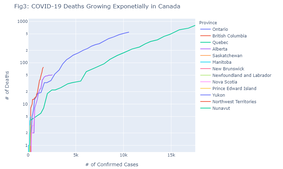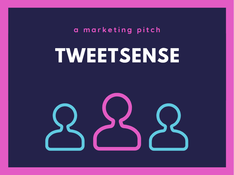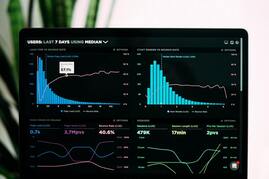Skills
DigitalGoogle Analytics
Omniture Coremetrics Facebook Analytics Campaign Manager Google Ads Facebook | IG Ads |
VisualizationPlotly
Seaborn Matplotlib Data Studio PowerPoint DOMO Tableau |
TechnicalPython
Pandas | NumPy Advanced Excel |



